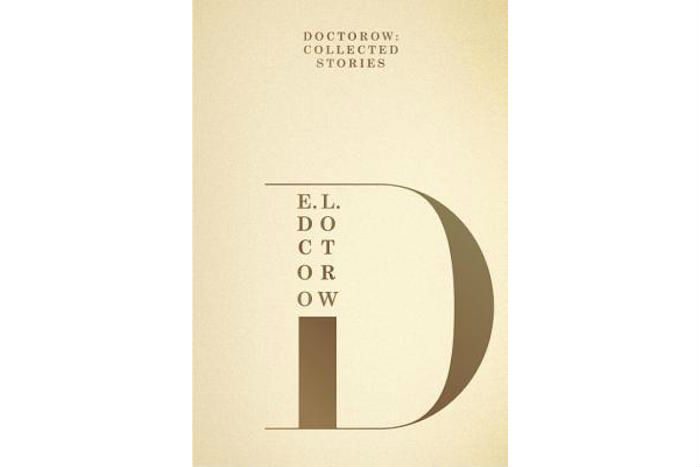"Doctorow: Collected Stories" Review - Old Favorite, New Collection

If there’s one thing Sag Harbor isn’t lacking, it’s a long and illustrious list of literary royalty who have called it home. There was Steinbeck, whose Travels with Charley begins with him battling Hurricane Donna at his summer home on John Street; and, of course, his Winter of Our Discontent which was set pseudonymously in the village. Nelson Algren, winner of the first National Book Award for his novel The Man with the Golden Arm, was a friend and neighbor of fellow Chicagoan Betty Friedan on Glover Street. The writer and monologist Spalding Gray lived in the village and is now buried in Oakland Cemetery not far from the novelist William Gaddis. James Fennimore Cooper didn’t technically live in Sag Harbor, but did finance whaling expeditions out of the village and stayed long enough to pen two novels. The character Natty Bumpo from his Leatherstocking Tales is said to be based on famous Sag Harborite Captain David Hand. The list goes on, but you get the idea.
More recently, Sag Harbor has lost two of the most under appreciated and under-the-radar writers in America letters. First, in June 2015 was James Salter, who Richard Ford said “writes American sentences better than anyone.” The very next month, E.L. Doctorow, longtime Sag Harbor resident and author of classic historical fiction such as Ragtime, Billy Bathgate, The March and more, died in New York.
In January of this year Random House published Doctorow: Collected Stories, a collection of 15 stories, written from the 1960s to the early 2000s, revised and ordered by Doctorow himself shortly before his death. Those already familiar with the work of the author, who George Saunders has called a national treasure, might recognize the collection’s third story, “Heist,” the account of an Episcopal priest coping with a crisis of faith, which was later expanded into Doctorow’s ninth novel, the bestseller City of God. The very next story, “The Water Works,” later grew into another novel, The Waterworks.
In “A House on the Plains” a boy and his mother move from Chicago to rural La Ville, a farming community where the mother sets up a sort of early 1900s get-rich-quick scheme. In “Edgemont Drive,” with its more contemporary setting, a self-described “obscure poet” and “third-rate academic” visits the house he grew up in and, in doing so, inadvertently exposes the instability of the married couple currently living there. The story is told entirely in dialogue, which is not an easy feat to accomplish.
It must be noted—as some readers pay close attention to these things, and many writers obsess over them—that each story begins with superb opening sentences. From “Child, Dead, in the Rose Garden:” “Special Agent B.W. Molloy, now retired, tells the following story: One morning the body of a child was found in the Rose Garden.” From “Wakefield:” “People say that I left my wife and I suppose, as a factual matter, I did, but where was the intentionality?”
Doctorow is best known for his historical fiction, placing fictional characters alongside real life historical characters in real life historical contexts. “The historian will tell you what happened,” Doctorow once said to Time, “the novelist will tell you what it felt like.” He has a knack for language, for the vernacular of his historical characters and the description of place. At no point while reading his historical fiction will you think you’re at home, curled up on the couch in 2017—and maybe that’s for the best. Instead, you’ll find yourself on the farm in La Ville or early 20th century New York City.
The author published less than 20 short stories over three volumes in a writing career that spanned more than a half century. In fact, if you own those three collections, all the stories found in Doctorow: Collected Stories are already on your bookshelf. This is not to detract from this particular book. If your bookshelf is Doctorow-less, that needs to be remedied quickly, and this collection is a good place to start.



